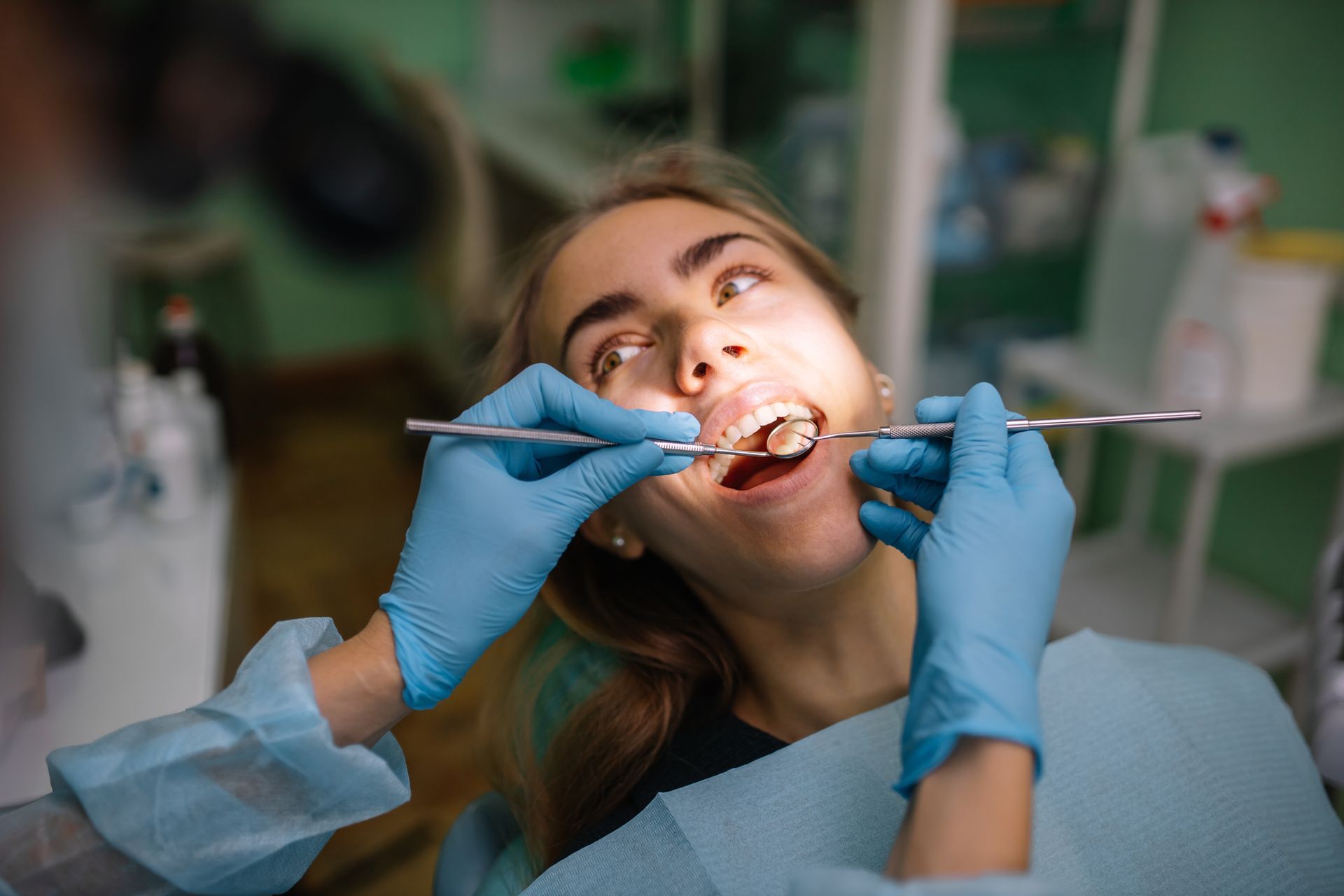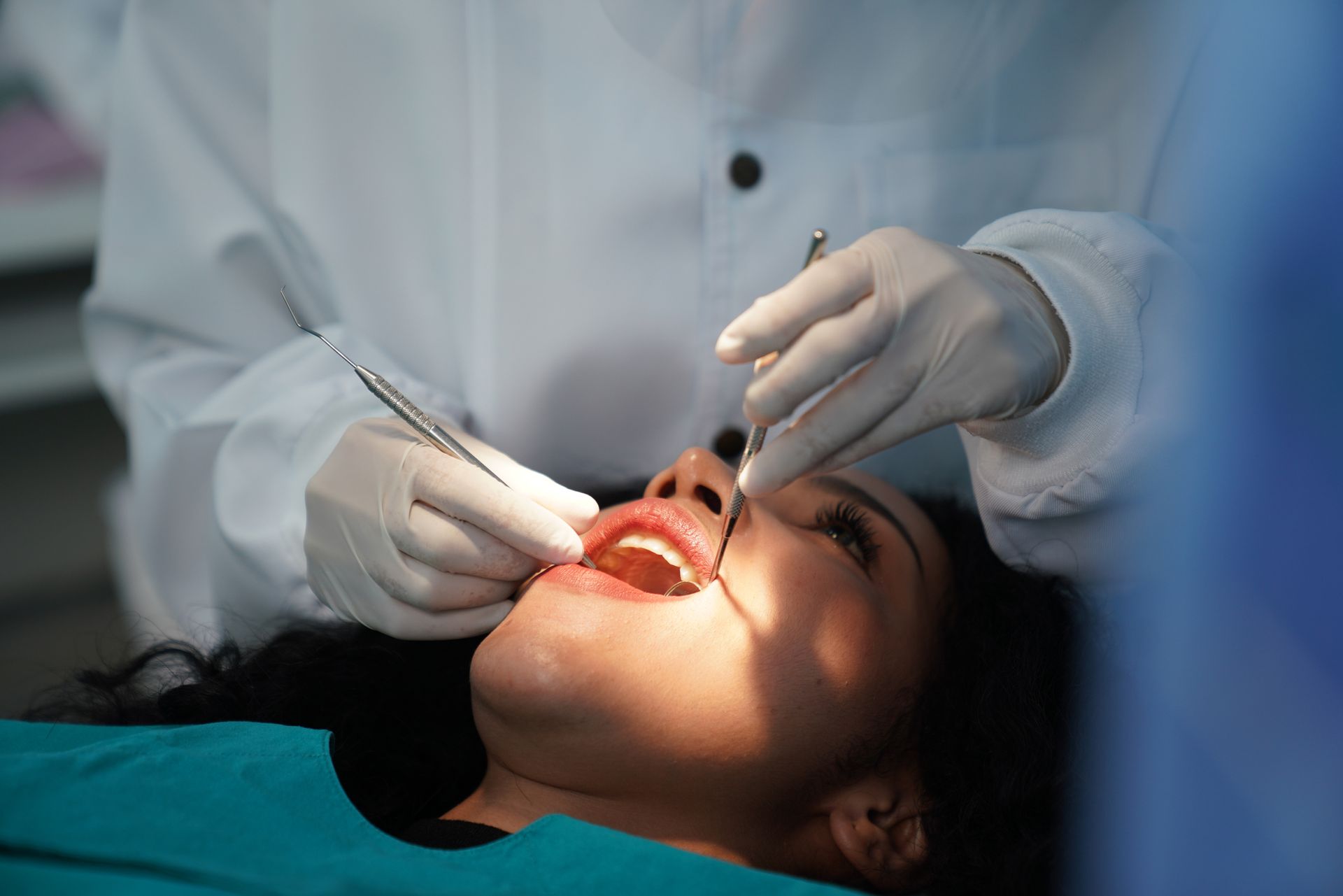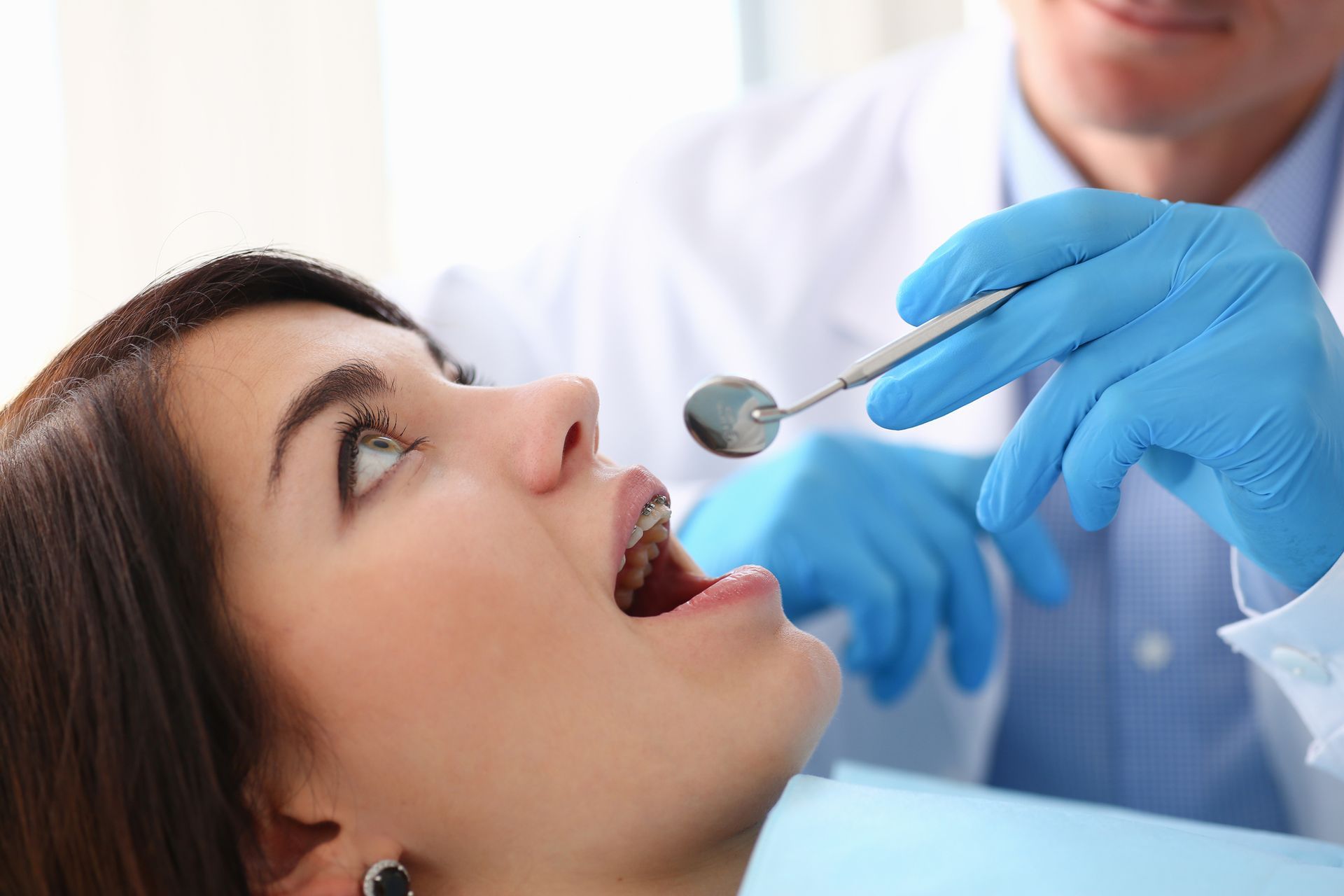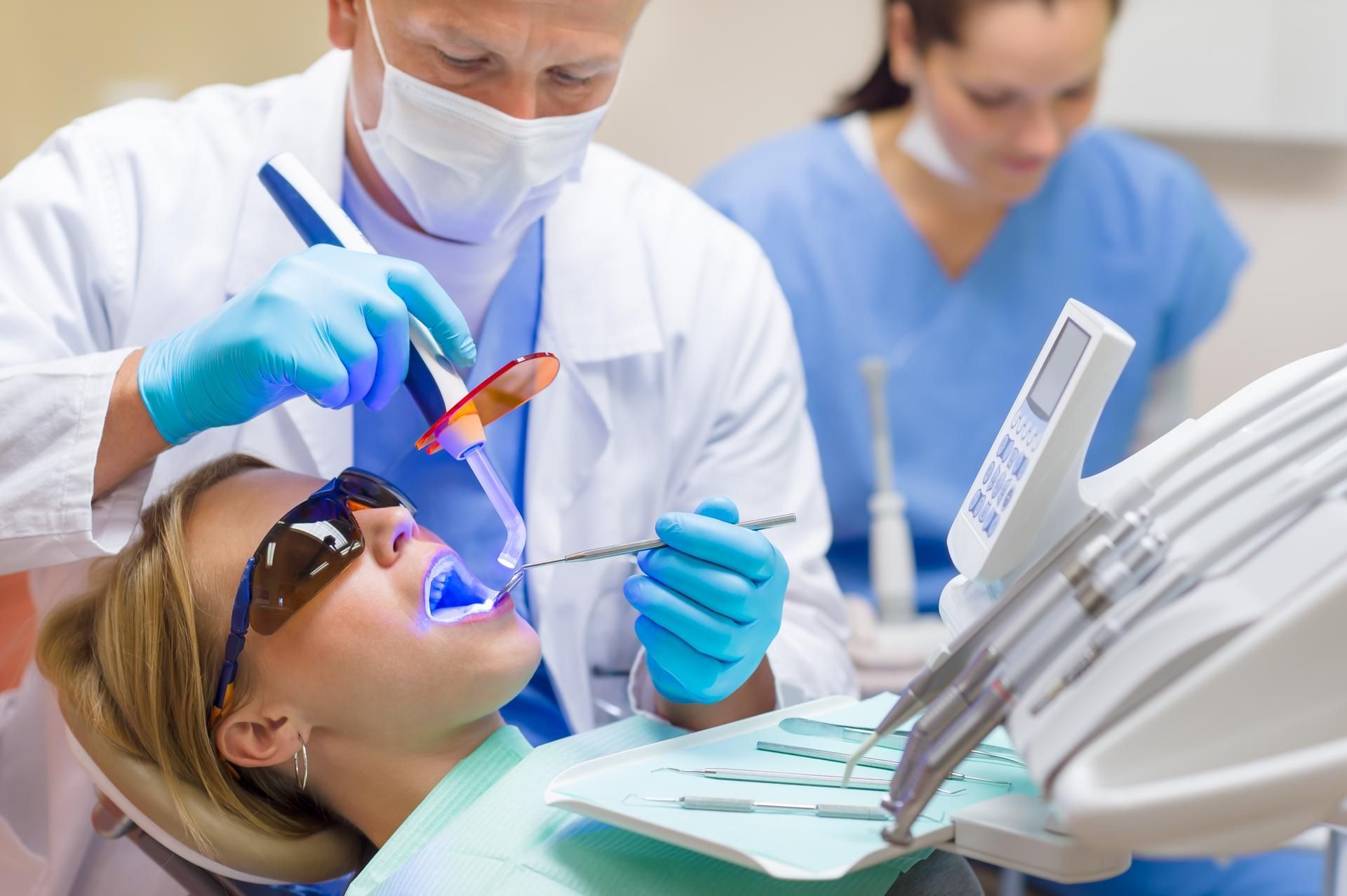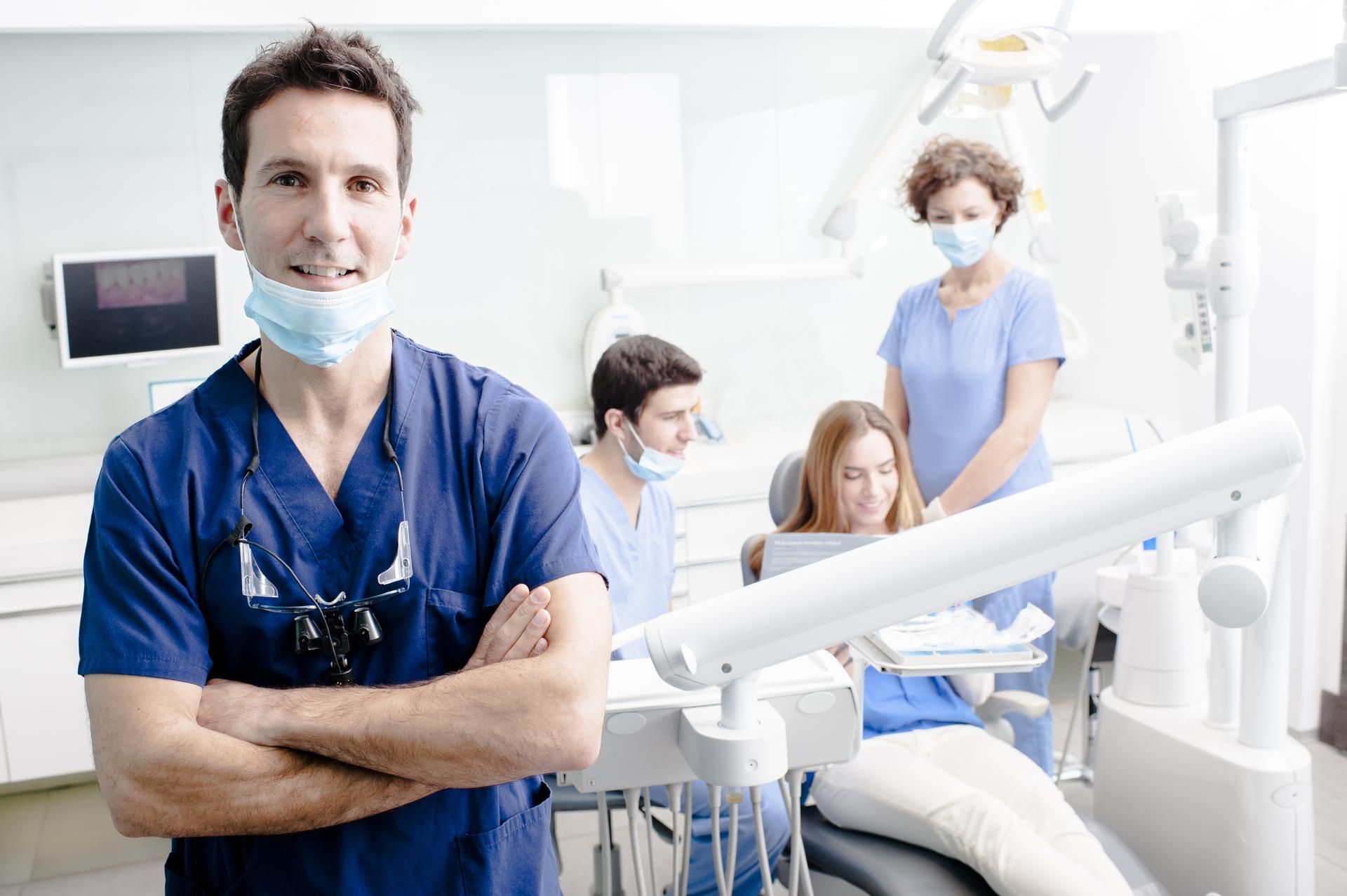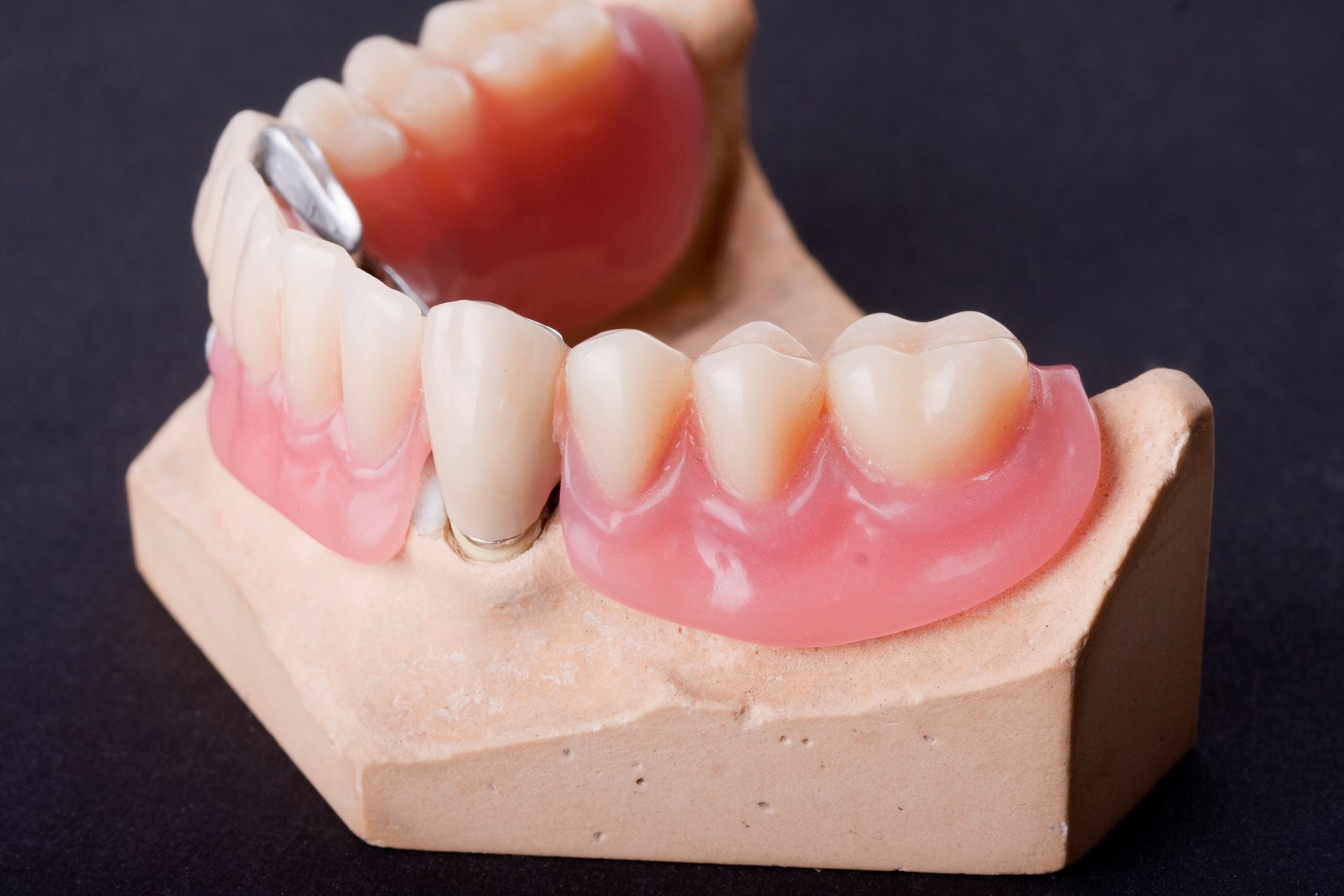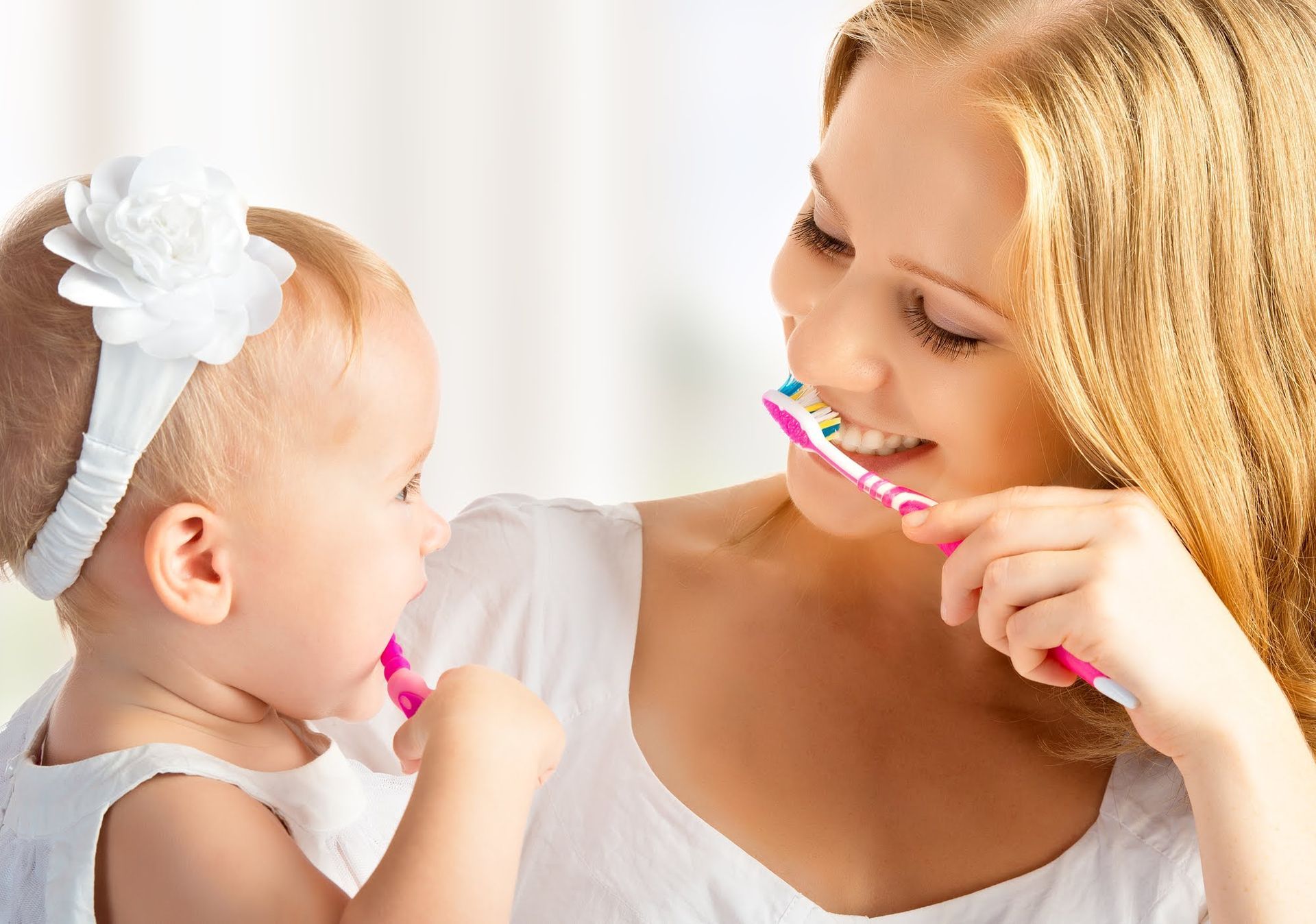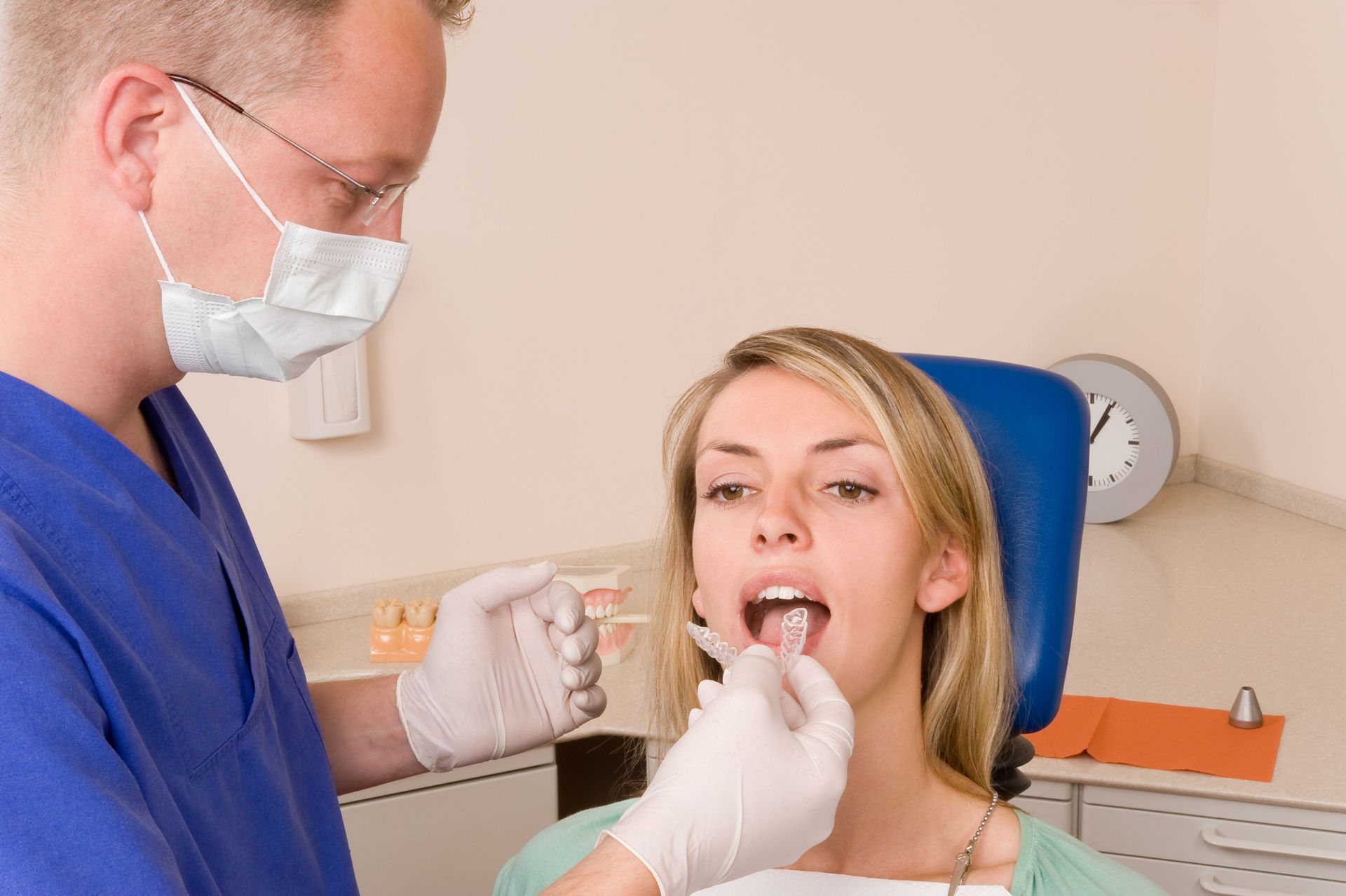An Overview of a Routine Dental Visit
A routine dental visit is a fundamental part of maintaining oral health. It aids in preventing potential dental issues and helps identify existing problems at an early stage. By understanding what to expect during such visits, patients can prepare themselves and maximize the benefits of their time at the dentist. This blog will guide you through the typical timeline of a routine dental visit, helping to demystify the process.
Pre-Visit Preparation
Before arriving at the dental office, it is advisable to prepare adequately. Patients should ensure that they have provided the dental office with their insurance information and necessary medical history. This step streamlines the check-in process and allows the dentist and staff to better understand any health concerns that may impact dental treatment. Arriving a few minutes early can also alleviate any stress associated with the visit, providing time to complete required forms or ask questions.
Arrival and Check-In
Upon arrival, patients will check in at the reception desk. Here, office staff will verify appointment details, confirm insurance benefits, and collect any necessary co-pays. This interaction is crucial, as it sets the tone for the visit. A welcoming and efficient check-in experience can significantly reduce pre-appointment anxiety. Patients are often asked to fill out or update their medical history forms if it has been some time since their last visit. This information enables the dental team to consider any changes in the patient's health that could affect their oral care.
Initial Assessment
After check-in, patients will be called into the examination room by a dental hygienist or assistant. The initial assessment begins with a comprehensive review of the patient’s medical history, followed by a discussion about any specific concerns they may have regarding their oral health. This dialogue establishes a foundation for the visit. The dental team will then perform preliminary measurements, including checking blood pressure and reviewing specific dental needs.
Dental Cleaning
The next step in the visit usually involves a professional dental cleaning. The dental hygienist cleans the teeth using specialized tools, including a scaler to remove plaque and tartar build-up. This process enhances the aesthetic appearance of the teeth and decreases the risk of cavities and gum disease. Following the scaling, a polishing treatment is applied to remove stubborn stains, providing patients with a bright smile. Fluoride treatment may also be offered during this phase as a preventive measure against decay. This comprehensive cleaning segment is not just about aesthetics; it plays a vital role in maintaining overall oral health.
Examination by the Dentist
After the cleaning is completed, the dentist will conduct an examination of the patient's teeth and gums. This is a critical component where the dentist evaluates the overall oral health, looking for signs of decay, cavities, gum disease, or other potential issues. Depending on the findings, the dentist may recommend additional diagnostic procedures, such as X-rays, to get a more thorough view of what lies beneath the surface. The dentist's expertise during this phase is invaluable and contributes to identifying any underlying issues that the patient may not be aware of.
Treatment Planning
Following the examination, the dentist will discuss the findings with the patient. If any concerns have been identified, the dentist will outline potential treatment options, including the urgency of addressing any issues. This conversation allows patients to be informed decision-makers regarding their dental health. Understanding the proposed treatments and their implications fosters a cooperative relationship between patient and dentist.
Post-Visit Guidance and Scheduling Next Appointment
Before concluding the visit, the dentist or hygienist will provide personalized care instructions. These may include tips on improving at-home oral hygiene routines or dietary recommendations to enhance dental health. Patients will also have the opportunity to ask questions about their treatments or any concerns they may have.
Finally, scheduling the next routine dental visit is crucial for maintaining oral health. Dental professionals typically recommend visits every six months, but this may vary based on individual needs. The office staff will assist in coordinating the next appointment before the patient leaves, ensuring that consistent care is prioritized.
A routine dental visit is an essential aspect of preventive dental health care. By familiarizing oneself with the timeline and expectations of such visits, patients can approach their dental appointments with confidence and understanding.
Contact us at Henderson Family Dentistry to learn more about what to expect from a routine dental visit.
